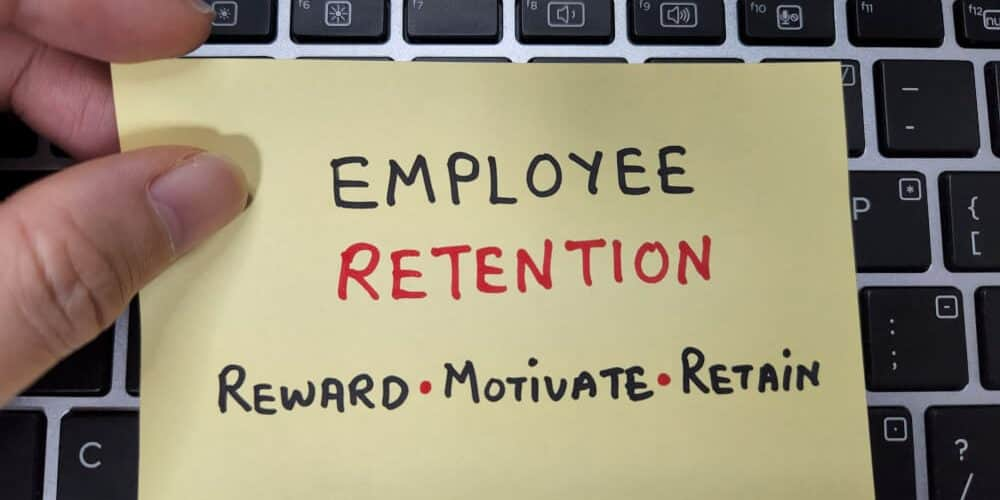High living costs can make it challenging for businesses to attract and retain talent. Employees may seek higher salaries to cover their living expenses, and businesses may struggle to compete with companies in lower-cost areas. As a result, businesses might face difficulties in recruiting skilled professionals or retaining existing employees.
Common challenges businesses experience with attraction and retention
Common challenges businesses face regarding attracting and retaining employees during an economic downturn are:
Talent shortages
Businesses often face talent shortages when competing with larger companies for skilled workers. These shortages can be exacerbated by limited resources and a smaller talent pool. For example, some of our restaurant clients have struggled to find experienced chefs in competitive local areas. To address this, some of them have formed partnerships with culinary schools to offer internships or apprenticeships. By investing in training and mentorship, they have developed their own talent pipeline, reducing reliance on external hiring.
High turnover rates due to various factors
These factors include limited growth opportunities and the inability to match the compensation offered by larger competitors. For example, a family-owned retail store may face challenges retaining its staff, who leave for bigger retail chains with higher pay. To improve retention, the business might consider implementing a profit-sharing scheme whereby employees receive a share of the store’s profits based on their performance and tenure. This might create a sense of ownership and incentivise them to stay and help the business grow.
Solutions for attracting and retaining staff
Flexible work arrangements
Where possible, businesses can offer flexible work hours or remote work options to accommodate employees’ needs and improve work-life balance.
Skill development programmes
Implement cost-effective skill development programmes or cross-training initiatives to upskill existing employees and fill skill gaps internally.
Recognition and rewards
Recognise and reward employees for their contributions through initiatives like “Employee of the Month” or small monetary incentives to show appreciation.
Career path clarity
Clearly communicate potential career paths within the organisation and provide opportunities for advancement, even within smaller teams.
Community involvement
Engage with the local community and emphasise the benefits of working for your company, such as a close-knit work environment and the ability to make a meaningful impact.
Employee feedback channels
Establish open communication channels where employees can voice concerns, share ideas, and provide feedback.
Competitive perks
While businesses may not match larger competitors in salaries, they can offer unique perks like flexible scheduling, casual dress codes, or family-friendly policies.
Mentorship programmes
Implement mentorship programs to connect experienced employees with newer hires, fostering skill development and a sense of belonging.
Profit-sharing or bonuses
Consider profit-sharing arrangements or performance-based bonuses to align employee interests with the company’s success.
Be creative and resourceful in finding solutions to talent shortages and retention issues, but with the right strategies and a focus on employee well-being, they can compete effectively for talent and keep turnover rates low.
A high cost of living can lead to increased operating costs for businesses, including higher wages, office rents, and utilities. Maintaining healthy profit margins can become a challenge, particularly for small and medium-sized enterprises (SMEs). Businesses may need to find ways to optimise their operations or adjust pricing strategies to remain competitive. Don’t forget, the team here at Bells Accountants are here to help you, every step of the way.

